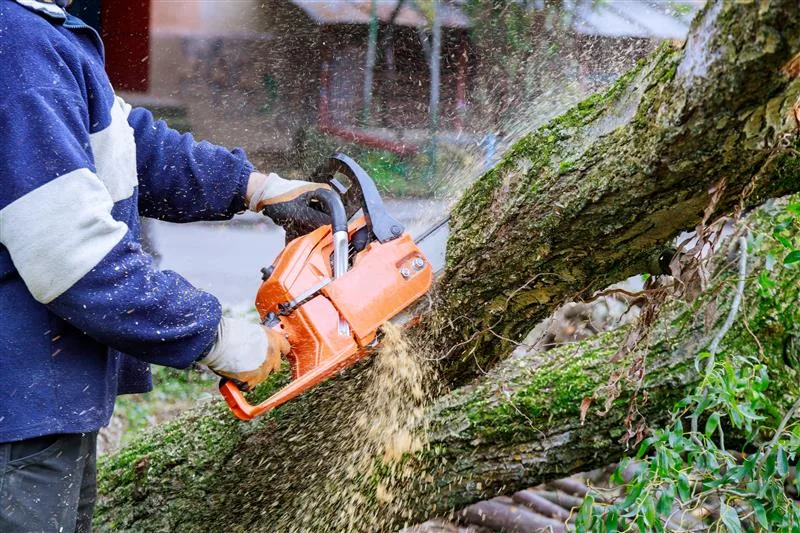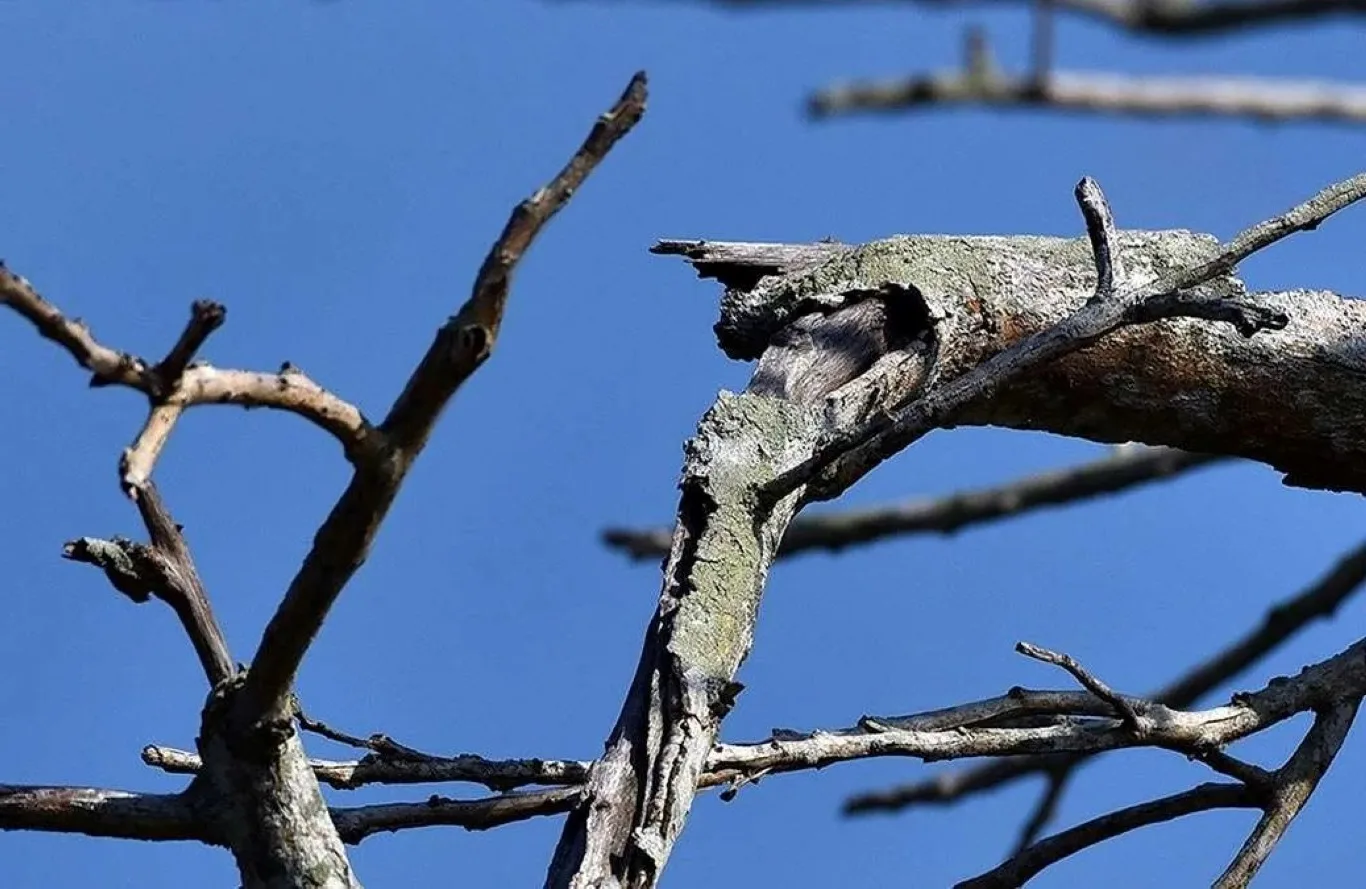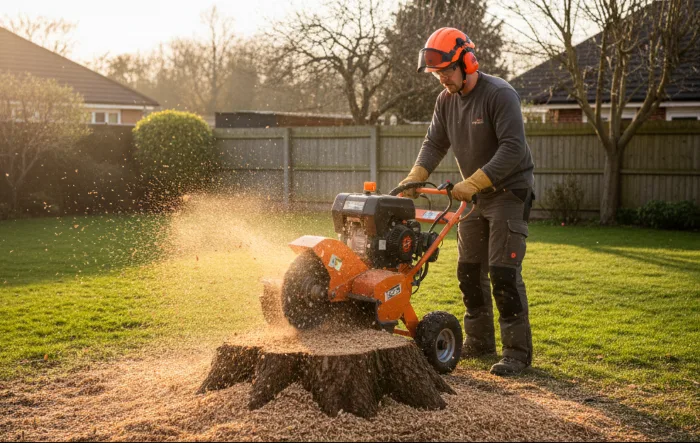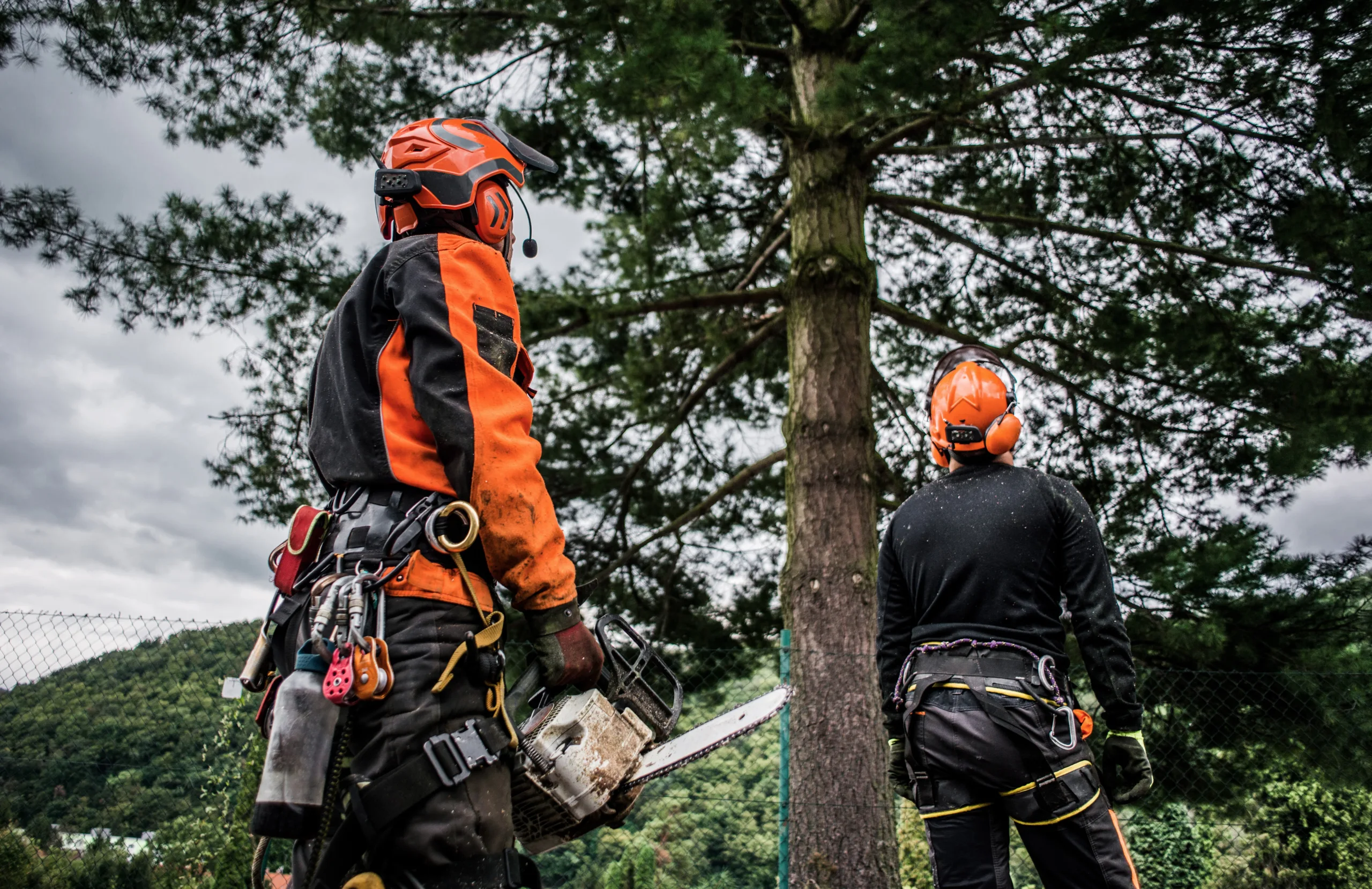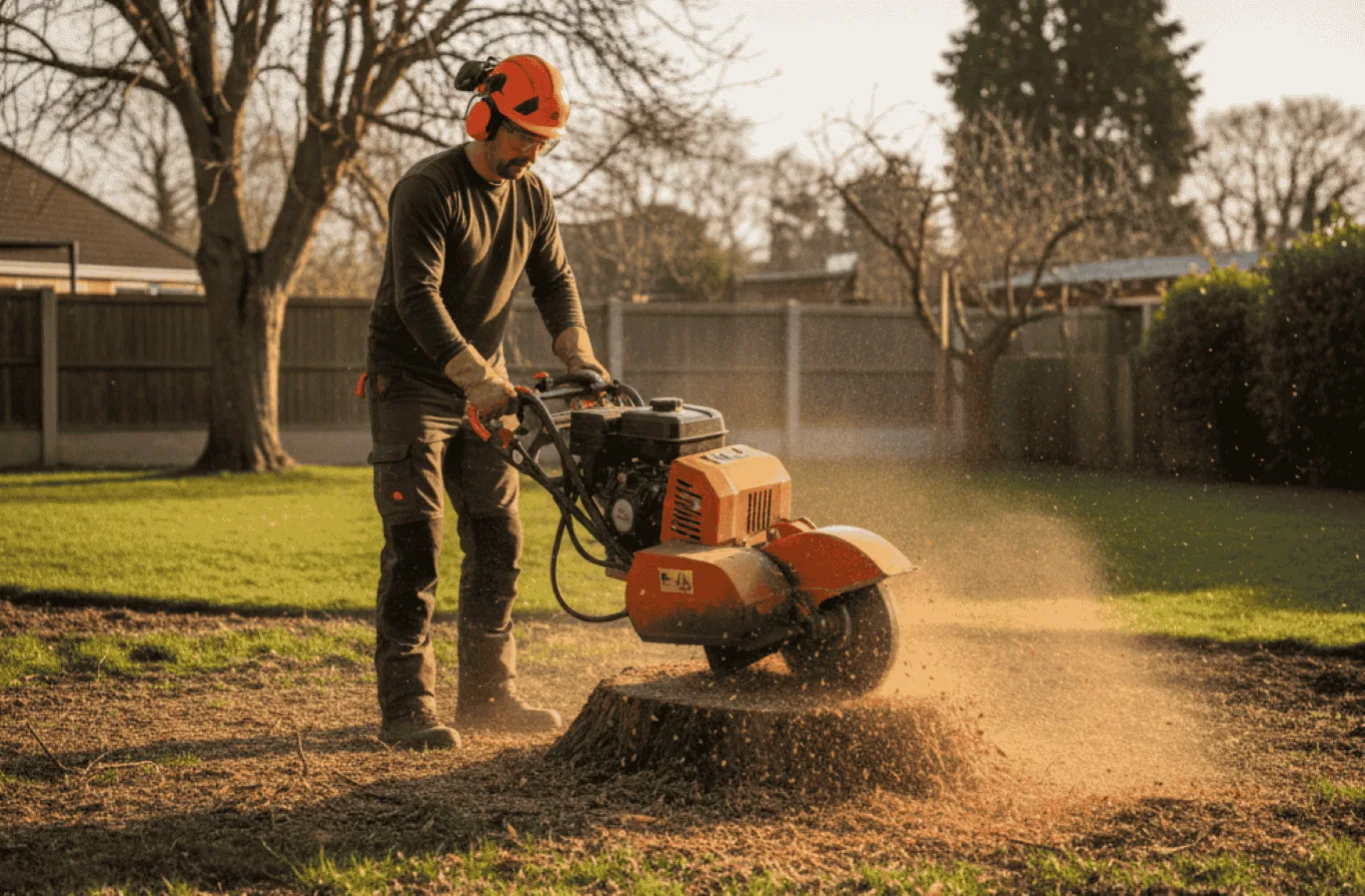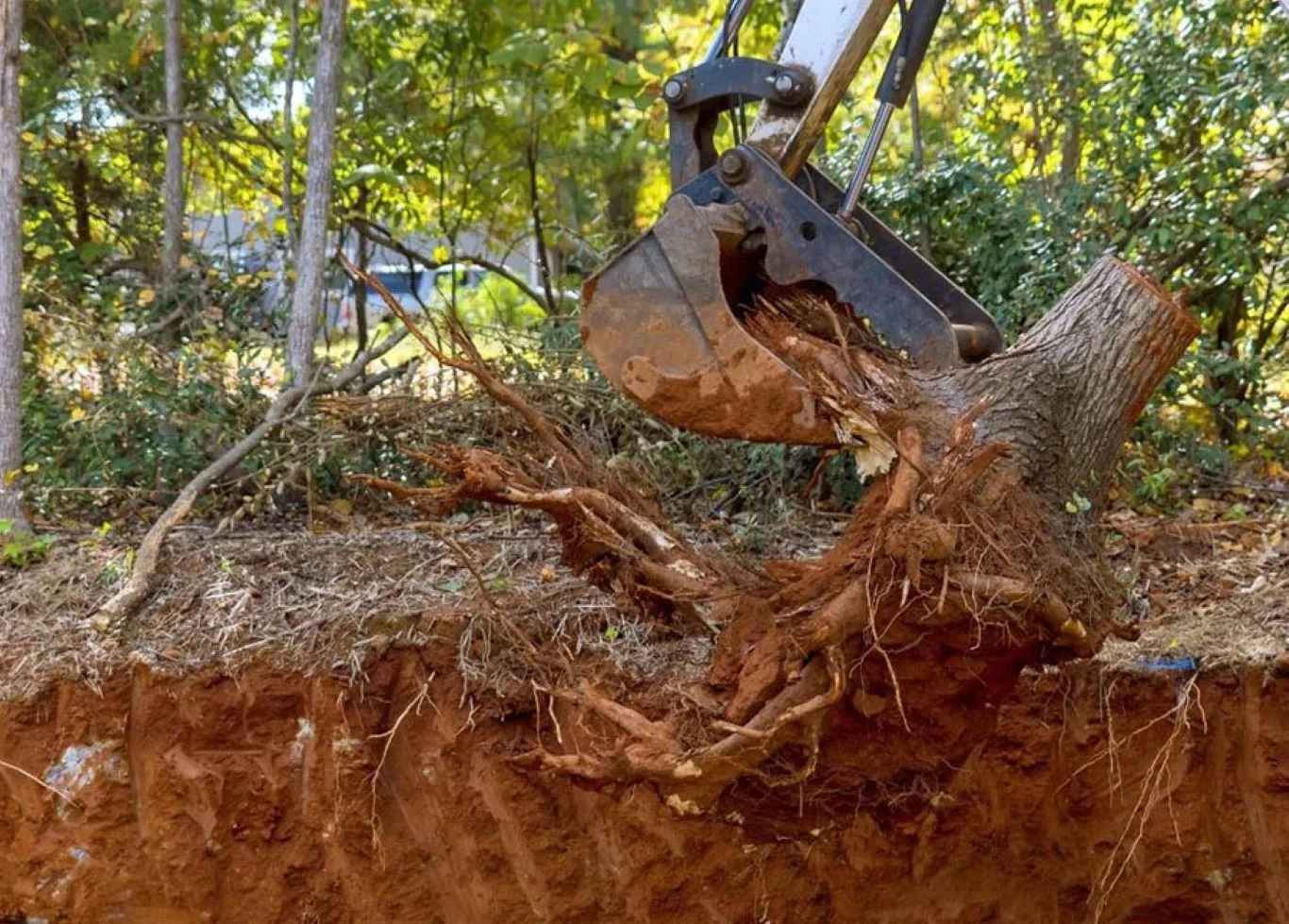Trees enhance our landscapes with beauty, shade, and vital support for local wildlife. However, when a tree shows signs of decline or instability, it may become a hazard to people, property, and surrounding plants. In such cases, recognising the tree felling signs early can help prevent accidents and damage.
So, how can you tell when it’s time to take action? In this guide, we explore the most common tree felling signs that suggest a tree should be professionally removed for safety, helping you make well-informed decisions about the trees on your land.
1. The Tree Is Dead or Dying
One of the most obvious and urgent signs that a tree should be felled is when it is dead or in the final stages of dying. A dead tree can become brittle, lose structural integrity, and fall without warning.
How to Spot It:
- Lack of leaves during growing season
- Bark peeling or falling off in large chunks
- Brittle, dry branches that snap easily
- Fungal growth such as mushrooms at the base
- No signs of new buds or growth
Why It’s Dangerous:
Dead trees no longer have the internal moisture or flexibility that allows them to sway safely with the wind. This makes them highly susceptible to breaking, falling, or dropping heavy limbs – particularly in storms or high winds. Dead trees can also attract pests and diseases that may spread to healthy nearby trees.
2. Large, Dead Branches (Especially Overhanging Structures)
Even if a tree isn’t entirely dead, large dead limbs can pose a serious hazard. These branches may fall at any time, damaging property or injuring people and pets.
How to Spot It:
- Large branches with no leaves or growth
- Brittle or hollow when tapped
- Overhanging roofs, driveways, play areas, or power lines
Why It’s Dangerous:
Dead limbs can detach suddenly, especially during high winds, snowfall, or under the weight of ice. If these branches hang over homes or heavily trafficked areas, the risk increases dramatically.
3. Significant Leaning
Not all leaning trees are unsafe, but a sudden or increasing lean can signal structural weakness in the trunk or root system.
How to Spot It:
- The lean is new or worsening
- The angle is more than 15 degrees from vertical
- Soil lifting or cracking around the base of the tree
- Visible exposed roots
Why It’s Dangerous:
A leaning tree may be under internal stress or have compromised roots. In this condition, it’s only a matter of time before the tree gives way—potentially falling onto buildings, vehicles, or people.
4. Cracks or Splits in the Trunk
Vertical cracks or splits in the tree trunk can indicate severe internal decay or weakness.
How to Spot It:
- Large cracks running up and down the trunk
- Visible separation or gaps in the bark
- Splits that extend into major limbs
Why It’s Dangerous:
Cracks can lead to structural failure, especially if they penetrate deep into the core of the tree. A split trunk might mean the tree is literally tearing itself apart under its own weight—a condition that’s especially hazardous during storms or strong winds.
5. Hollow or Decaying Trunk
A hollow trunk might not always require felling, but when combined with other structural issues, it’s a strong indicator that the tree may no longer be safe.
How to Spot It:
- Cavities visible in the trunk
- Wood that sounds hollow when tapped
- Insect infestations or fungi growing from inside
- Soft or crumbly wood
Why It’s Dangerous:
A hollow trunk usually means decay is well-advanced inside the tree. Even if the outer shell appears sturdy, the structural integrity may be severely compromised, making it vulnerable to collapse.
6. Root Damage or Uprooting
Tree stability starts at the roots. If the root system is damaged or the tree is beginning to uproot, its days are numbered.
How to Spot It:
- Visible roots that are cracked, severed, or decaying
- Soil heaving or lifting on one side
- Sudden lean accompanied by root exposure
- Signs of construction or digging near the root zone
Why It’s Dangerous:
When roots fail, the tree loses its ability to anchor itself into the ground. Uprooted or damaged roots are often a precursor to total collapse, which can happen with little or no warning.
7. Presence of Fungus or Rot at the Base
Fungal growth, particularly around the base of the trunk, is often a sign of internal decay and root rot.
How to Spot It:
- Mushrooms or fungal conks growing on or near the base
- Soft, spongy wood at the trunk base
- Musty smell or visible rot
Why It’s Dangerous:
Fungi feed on decaying organic matter—meaning the tree is already weakened from the inside. Once rot reaches the base or root system, the tree may no longer be able to support its own weight.
8. Repeated Storm Damage
Trees that have suffered storm damage in the past are more likely to become hazardous over time, especially if they’ve been weakened structurally.
How to Spot It:
- Multiple broken limbs or branches
- Torn bark and exposed wood
- Previous lean or cracks made worse by storms
Why It’s Dangerous:
Each storm can exacerbate existing issues. Over time, cumulative damage may leave the tree vulnerable to future collapse—even in minor weather events.
9. Unusual Bark Loss or Insect Infestation
Pests and insects, such as beetles or borers, can severely damage a tree's vascular system, leading to decline and structural failure.
How to Spot It:
- Bark falling off in large sections
- Sawdust-like material at the base
- Tiny holes in the trunk or branches
- Insects actively burrowing or nesting
Why It’s Dangerous:
Insect infestations often go hand-in-hand with decay. As pests tunnel into the tree, they disrupt nutrient flow and compromise strength, making the tree more likely to fail structurally.
10. Trees Too Close to Property or Infrastructure
Even a healthy tree may need to be felled if it’s growing dangerously close to buildings, power lines, or underground utilities.
How to Spot It:
- Branches scraping roofs or windows
- Tree roots lifting pavement or interfering with foundations
- Proximity to overhead wires or septic systems
Why It’s Dangerous:
As the tree grows, its roots and branches may cause physical damage to structures or obstruct critical infrastructure. In some cases, this damage may be ongoing and costly to repair, making removal the safer long-term option.
11. Multiple Warning Signs Present
While a single issue may not always justify felling a tree, the combination of several warning signs often indicates serious risk.
How to Spot It:
- Leaning + root damage
- Cracked trunk + fungus at base
- Hollow trunk + storm damage history
Why It’s Dangerous:
Multiple risk factors significantly increase the likelihood of failure. An experienced arborist can assess how these factors interact and determine if the tree should be felled immediately.
What to Do If You Notice These Signs
If you’ve noticed any of the warning signs listed above, it’s crucial to act quickly—but safely.
Step 1: Consult a Qualified Arborist
Never make assumptions based on appearance alone. A certified tree surgeon or arborist can perform a full risk assessment and advise on whether the tree should be removed or can be saved through pruning or support systems.
Step 2: Avoid DIY Tree Felling
Felling a tree is extremely dangerous without the proper training, tools, and safety equipment. Always hire professionals to carry out this work.
Step 3: Check for Legal Requirements
Depending on where you live, felling a tree may require council approval or be restricted under Tree Preservation Orders (TPOs). Check with your local authority before proceeding.
Final Thoughts
Trees are valuable assets, but they can also become major liabilities if left unchecked. Recognising the early warning signs that a tree needs to be felled is critical for the safety of your family, property, and surrounding environment.
Whether it’s due to structural damage, disease, or environmental concerns, timely removal can prevent accidents and allow you to replant with healthier, more suitable vegetation in the future. If in doubt, always consult a professional tree felling surgeon—because when it comes to tree safety, it’s better to be safe than sorry.

